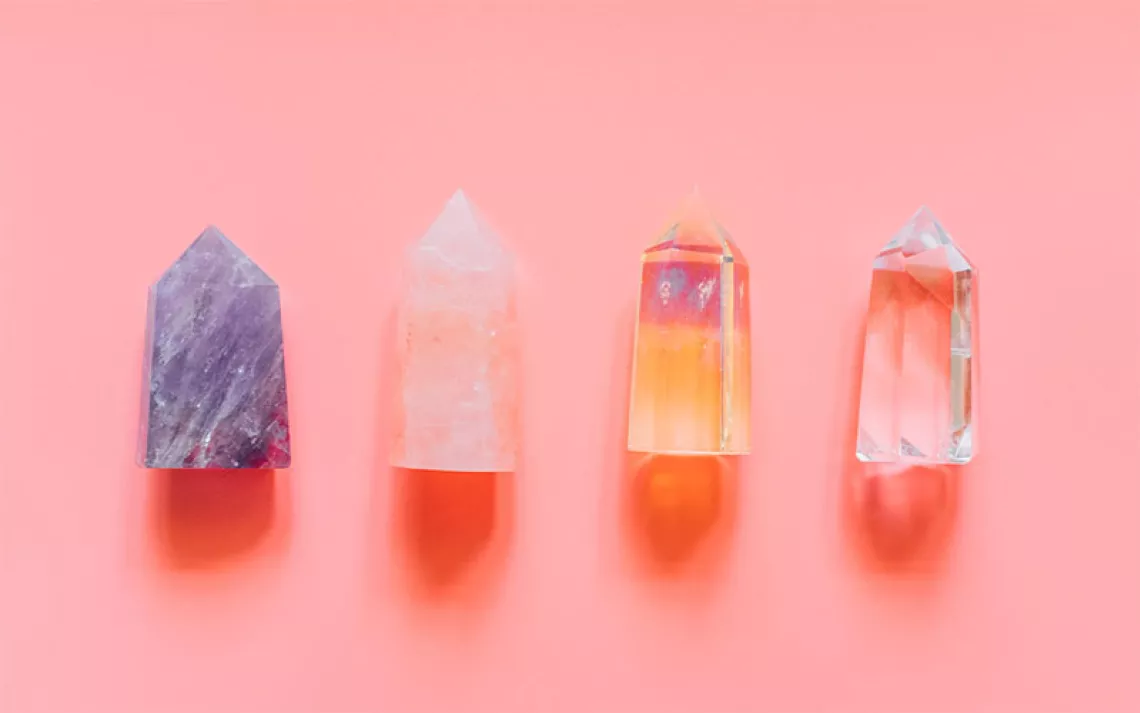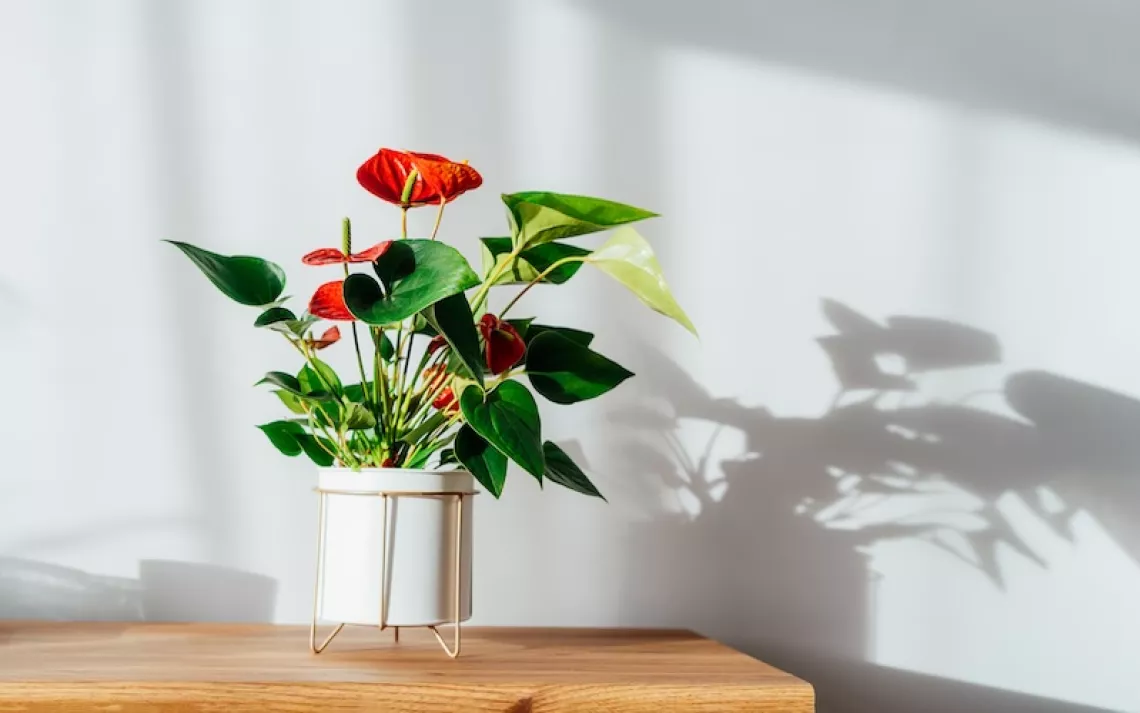Sleep Easier With These 6 Ecofriendly Mattresses
Because the sweetest dreams are the nontoxic, organic kind

Photo courtesy of My Green Mattress
This article has been updated since publication.
To optimize nighttime comfort, the National Sleep Foundation recommends replacing your mattress every seven to 10 years. This may be best for our bodies, but it’s definitely not ideal for the planet. In fact, according to the Mattress Recycling Council, an estimated 50,000 mattresses end up in US landfills each day—that's almost 20 million per year. And between the abundance of petroleum-based materials in many models and their poor packability (they take up an absurd amount of space in landfills), it’s no surprise that eco-conscious folk are starting to balk at such frequent turnover.
Fortunately, in 2019, consumers can choose from a growing range of mattresses with smaller carbon footprints and longer life spans. The lines range from budget to luxury and are made exclusively or partially from natural materials. Some have organic certifications while others are produced entirely in the United States. But with so many new materials and products claiming to be organic or earth friendly, the market can be tricky to navigate. To help you sleep better, we’ve done the research on the industry’s sometimes-confusing language and scoped out six among the best green mattress lines.
The team behind Avocado brought a diverse set of experiences and expertise—from backgrounds in design, fashion, manufacturing, and technology—to tackling the mattress sustainability problem. Disappointed by the frequent use of petroleum-based polyurethane foams and other compounds that emit volatile organic compounds (VOCs), they wanted to create an affordable, natural, low-impact alternative. In addition to using organic certified wool and organic cotton—the brand is Global Organic Textile Standard (GOTS)- and the Global Organic Latex Standard (GOLS)-certified—Avocado Green Mattress sources its latex from sustainably harvested trees in Asia and uses recycled steel springs for pressure-point relief and support. For those who want a natural product that doesn't include any animal products, the certified Avocado Vegan is made without wool. And as members of 1% for the Planet, Avocado donates 1 percent of all revenues in support of causes from tree planting to bee habitat conservation. Queen mattresses start at $1,399.
When mattress-maker Tim Masters’s daughter Emily was born, her allergies caused him to rethink the types of materials we sleep on, and in 2007, he introduced the My Green Mattress line. Twelve years later, all company products—from crib- to king-size—meet some of the strictest certification standards around and are manufactured by hand in a factory in La Grange Highlands, Illinois. My Green Mattress uses organic cotton and forgoes chemical flame retardants for the natural antipyretic qualities of Oeko-Tex-certified American eco-wool. In addition to its latex, inner-spring, and hybrid mattresses, the company makes green latex toppers and mattress protectors. Queen mattress prices range from $949 for a Pure Echo to $1,299 for a Hope Latex or Natural Escape.
Walt Bader’s chemical sensitivities led him to develop a mattress that was not only cleaner for the environment but would also drastically reduce his chemical exposure. OMI mattresses are made in the US from organic fibers and organic natural rubber latex, and the end products are GOTS and GOLS, and GREENGUARD Gold certified. To ensure their products are free from contaminants such as dirt, mold, and mildew, OMI cleans all raw materials using an ozone sanitizing process. The company produces a range of mattresses in crib, youth, hide-a-bed, and adult sizes, and offers inner spring, latex-only, and combo designs. Interchangeable layers in the ultra-high-end OrganicPedic 81 model allow sleepers to customize the bed’s feel and make changes over its life without replacing the entire bed. Queen mattresses range from $2,899 for a REST Rossa to $11,499 for the OrganicPedic 81.
Comfort is one of the most important criteria when selecting a mattress, but just what constitutes “comfortable” varies from one person to the next. Sticking to strictly natural products means no memory foams, but not everybody likes the bounce of inner springs or the floaty feel of latex (plus, about 1 percent of people in the US are allergic to it). Colorado-based Urban Mattress has several lines, all of which incorporate CertiPUR foams either on their own or alongside natural products such as wool and bamboo. While it's a self-certified program, CertiPUR purports to guarantee that foam is produced without ozone depleters, chemical flame retardants, formaldehyde, or heavy metals, and that they have low—defined as less than 0.5 parts per million—VOC emissions, ensuring a cleaner, greener version of the favorite material. Queen mattresses start at $950 for an alpine memory foam or $1,300 for a bloom mattress, from the greenest line.
Naturepedic Organic Mattresses and its “no-frills” sister company Happsy Organic Mattresses
Both brands contain no flame retardants, polyurethane foam, formaldehyde, glues/adhesives, or pesticides, and meet stringent environmental standards including GOTS, GOLS, Made Safe, Greenguard Gold, UL Formaldehyde Free, Zero Toxics Product Registry, and Forest Stewardship Council. Both brands' springs are made from recycled steel and come with a 20-year warranty. Naturepedic offers vegan (i.e. wool-free) options and models for babies, children, and adults. Most Naturepedic mattresses come equipped with a zipper, which enables users to unzip the top and exchange components (such as the comfort layer), thus prolonging product life. Happsy offers inexpensive, direct-to-consumer certified organic mattresses starting at $899, and Naturepedic adult mattresses start at $1,200.
But What Do the Labels Mean?
Whether you already have a favorite mattress or prefer to do your bed shopping in store, there are more and more natural and organic brands out there. Since mainstream companies are also starting to offer organic options and to incorporate natural materials, it’s helpful to know what you’re reading on labels. Here’s a handy mattress glossary.
ORGANIC: According to Consumer Reports, the two organic certifications that are the most meaningful are the Global Organic Textile Standard (GOTS) and the Global Organic Latex Standard (GOLS), both of which require at least 95 percent of the materials to be certified organic and prohibit many chemical substances in the remaining five percent.
EMISSIONS: VOCs have been linked to a number of health and environmental consequences. Oeko-Tex Standard 100, GREENGUARD Gold, and CertiPUR certifications guarantee that VOC emissions are kept to a minimum.
LATEX: While the latex mentioned in this article is natural—produced from the sap of carbon-consuming rubber trees—some latex is made from or mixed with a petroleum-based synthetic. Look for Dunlop, which can be certified as organic, and if you prefer the feel of Talalay, make sure it's certified for low emissions.
VEGAN: Vegan Action offers its stamp of approval (and logo) on products that contain no animal products or byproducts and that have not been tested on animals.
 The Magazine of The Sierra Club
The Magazine of The Sierra Club



